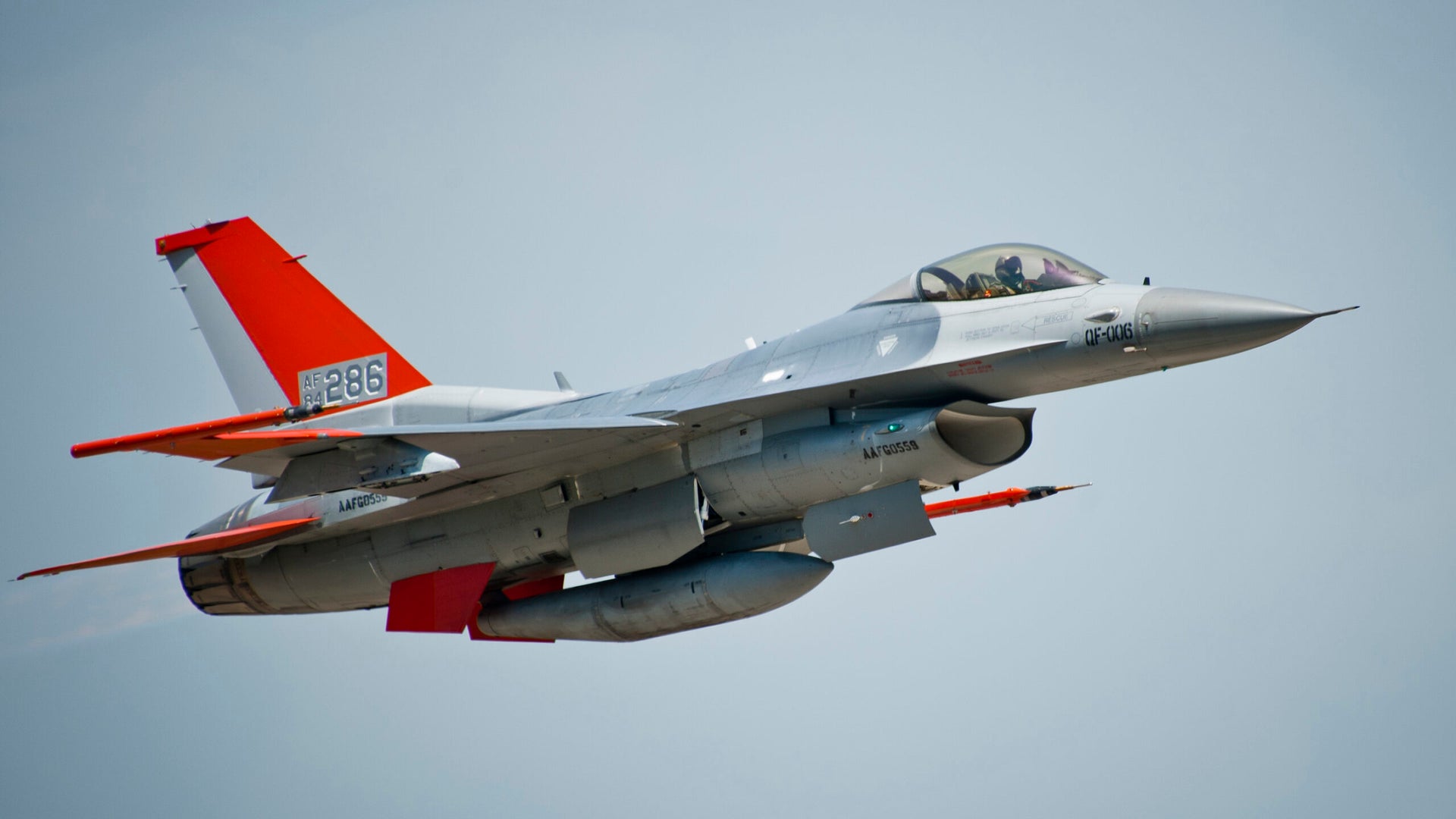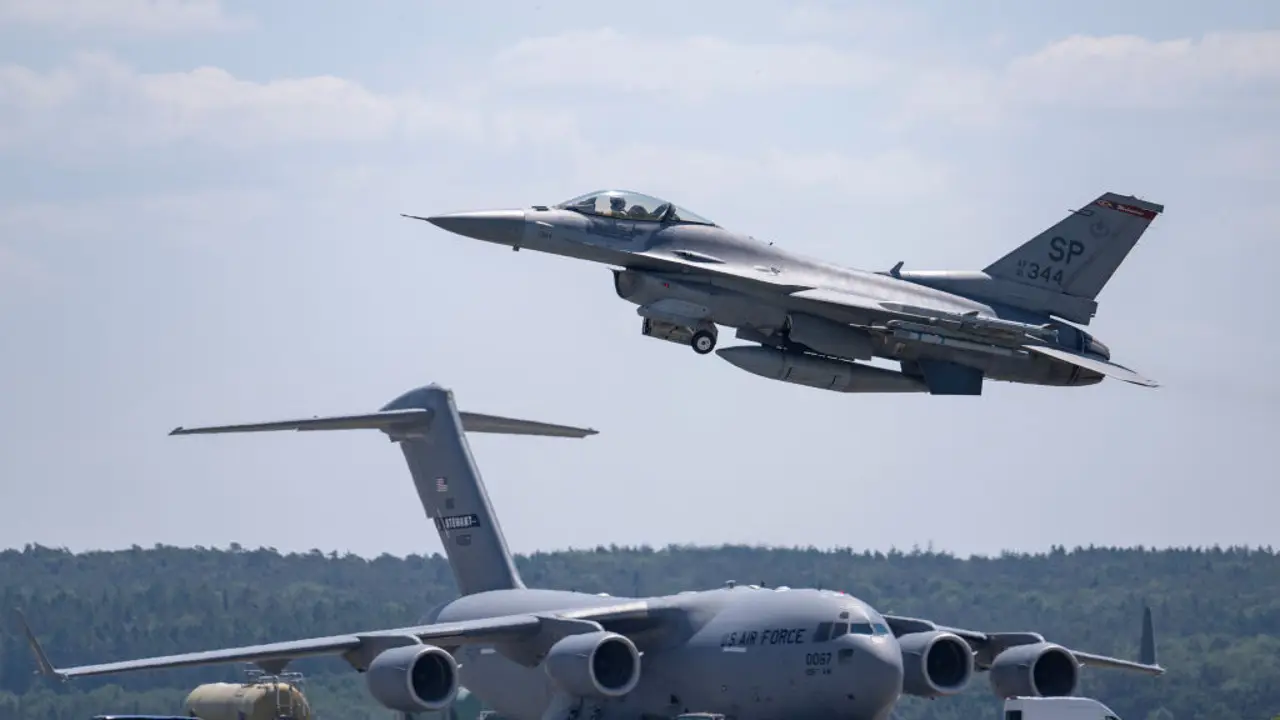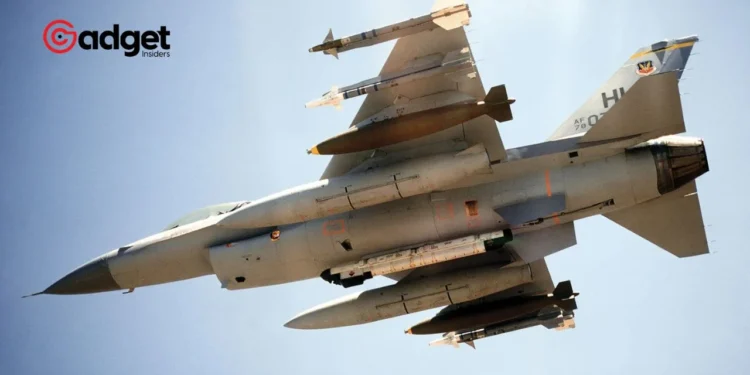In an era where technology transcends traditional warfare boundaries, the U.S. Air Force is set to redefine aerial combat with a bold venture into autonomous drone technology.
With an ambitious plan to deploy a fleet of over a thousand AI-operated drones, the service’s top civilian leader, Air Force Secretary Frank Kendall, is not just overseeing this transformative project from afar; he’s taking a hands-on approach.
In a testament to his faith in this groundbreaking initiative, Kendall will soon experience the capabilities of this technology first-hand by flying in an AI-operated F-16, marking a significant test of the military’s futuristic drone warplanes.

Air Force: The Dawn of Autonomous Aerial Combat
During a Senate Appropriations Committee defense panel, Kendall revealed his plans to climb into the cockpit of one of the service’s modified F-16s. This test flight aims to showcase the advanced AI technology that could soon control the skies.
Accompanied by a pilot who will be there merely as an observer, Kendall’s flight is a bold demonstration of confidence in the AI’s ability to control the aircraft.
“Hopefully neither he nor I will be needed to fly the airplane,”
Kendall remarked, highlighting the autonomous capabilities of these converted fighter jets.
The shift towards drone warfare is not just a speculative future but a pressing reality. From the ongoing conflict in Ukraine, where drones are a daily threat and a tactical tool, to the Middle East, where they are employed in sophisticated operations against U.S. interests, drones have rapidly become a cornerstone of modern military strategy.
Recognizing this shift, the Air Force’s initiative to develop collaborative combat aircraft (CCAs) signifies a strategic pivot towards integrating AI-driven drones as “loyal wingmen” in future air operations.

Envisioning the Future Fleet
While specifics on the fleet’s size and platform remain under wraps, the vision is clear: a squadron of AI-piloted drones capable of executing a variety of missions, from surveillance to electronic warfare, especially in scenarios posing high risks to manned aircraft.
This strategy is partly motivated by the evolving defense landscape, notably the rise of sophisticated air defense systems that pose significant challenges to traditional manned missions.
The Air Force’s future drone fleet, therefore, is not just about augmenting existing capabilities but reshaping the paradigm of aerial combat, particularly with potential conflicts like those against technologically advanced adversaries in mind.
Air Force secretary plans to ride in AI-operated F-16 fighter aircraft this spring https://t.co/USVDI5gODw
— Fox News (@FoxNews) April 10, 2024
A Cost-effective Revolution in Airpower
The initiative is also an exercise in fiscal prudence. With the projected cost of each drone being a fraction of that of current manned fighters, like the F-35, the Air Force aims to achieve a revolutionary advancement in airpower without the astronomical costs typically associated with developing new fighter jets.
With $559 million earmarked in the 2025 budget for the continued research and development of the future CCA air system, the Air Force is laying the groundwork for a new era of military capability that is as economically viable as it is technologically advanced.

In essence, the Air Force’s venture into AI-operated drones represents a forward-looking approach to warfare, where the skies are patrolled by intelligent machines capable of performing complex missions with precision and at a fraction of the cost of traditional fighters.
As Secretary Kendall prepares to take to the skies in an AI-piloted F-16, the world will be watching closely, witnessing a glimpse into the future of air combat—a future where the warriors of the sky are guided not by human hands, but by the invisible yet unerring logic of artificial intelligence.










